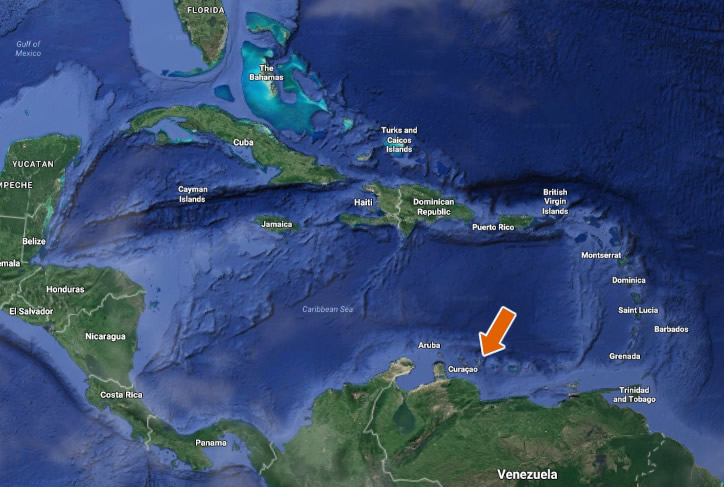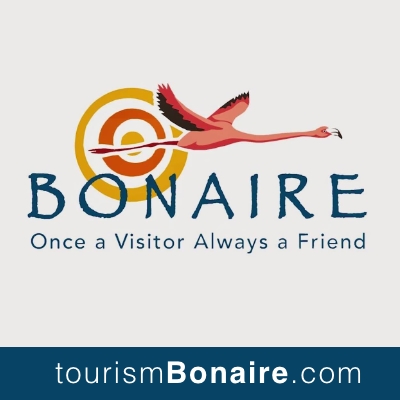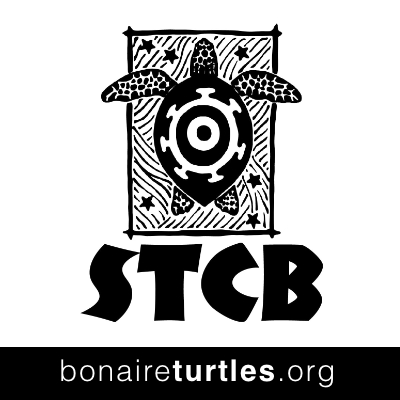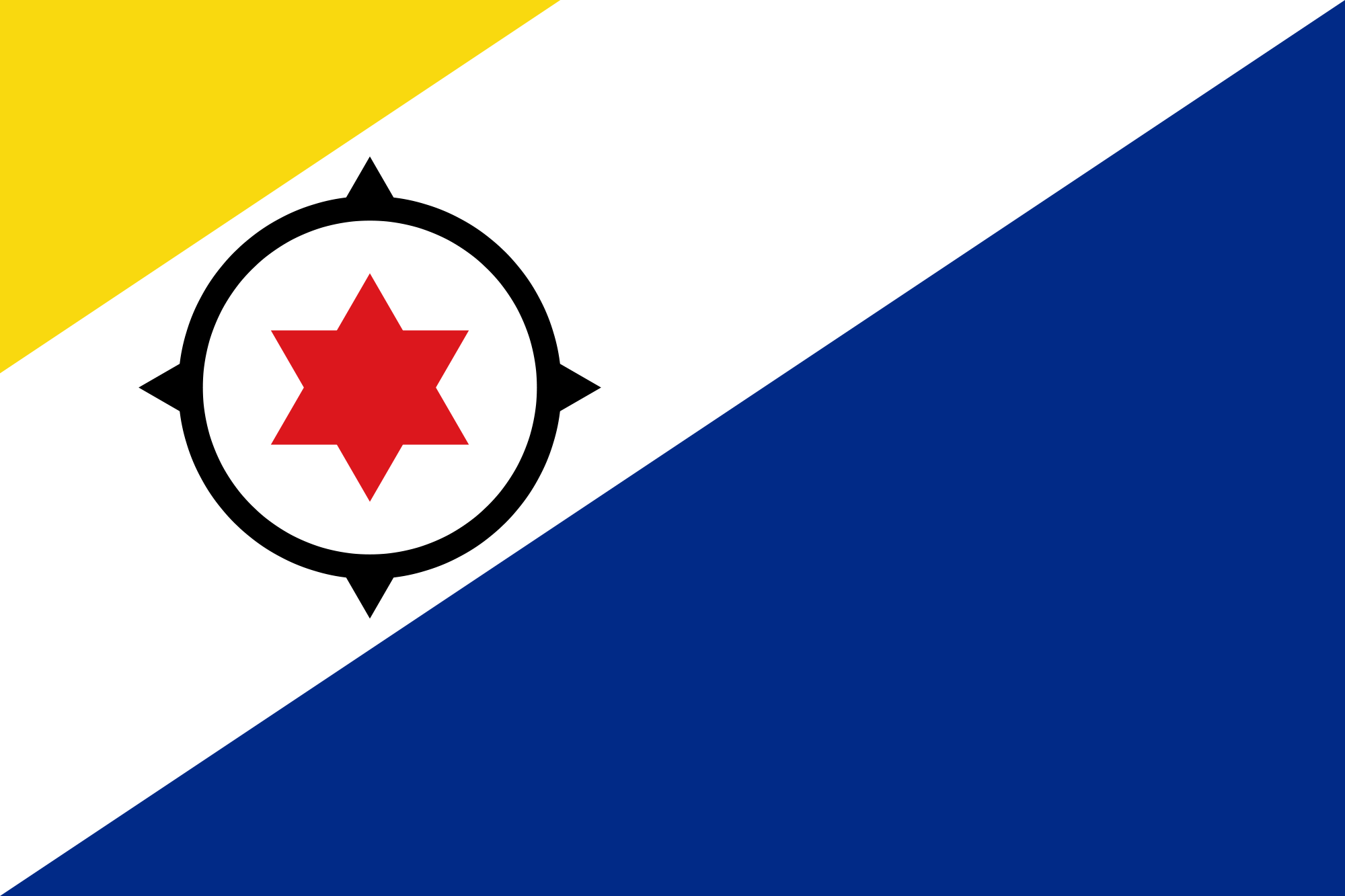Bonaire is a constituent country of the Kingdom of the Netherlands.
Bonaire is the B in the ABC islands. The other two are Aruba and Curacao. Located in the southern Caribbean Sea just north of Venezuela, east of Curaçao. View Map.
1. Diving Paradise:
Bonaire is renowned for its spectacular coral reefs and is consistently rated among the top diving destinations worldwide. The waters are crystal clear, offering excellent visibility for divers and snorkelers alike.
2. Flamingo Sanctuary:
The island is home to one of the largest flamingo breeding populations in the Western Hemisphere. The salt flats in the southern part of Bonaire are a designated flamingo sanctuary where these beautiful birds gather in large numbers.
3. Capital City:
Kralendijk, the capital of Bonaire, is a charming and colorful town known for its pastel-colored Dutch colonial architecture. It offers a relaxed atmosphere with waterfront restaurants, shops, and historic sites.
4. Underwater Marine Park:
Bonaire's entire coastline is protected as part of the Bonaire National Marine Park, which was established in 1979. This makes it an ideal destination not only for diving but also for snorkeling and eco-tourism, with strict conservation measures in place.
5. Windsurfing Haven:
Lac Bay on the eastern side of Bonaire is a hotspot for windsurfing enthusiasts. The shallow, warm waters and consistent trade winds make it an ideal location for both beginners and experienced windsurfers to enjoy the sport.
Enjoy your stay!
 If you own or manage a business in the Caribbean and need professional assistance with your website and social media, gandor.tv will create, maintain, host and promote your website for you.
If you own or manage a business in the Caribbean and need professional assistance with your website and social media, gandor.tv will create, maintain, host and promote your website for you.
“Tera di Solo y Suave Biento” (Papiamento)
“Land of the Sun and Soft Breeze”
Prior to the 2010 referendum, the Netherlands Antilles (comprising the islands of Curaçao, Bonaire, St. Eustatius, St. Maarten and Saba) were governed as a parliamentary democracy based on the Dutch system of government with free elections held every four years. On 10 October 2010, the Netherlands Antilles was dissolved. As a result, the government of the Netherlands assumed the task of public administration of the Caribbean Netherlands or BES Islands comprising Bonaire, St Eustatius and Saba. The three islands acquired new status as "special municipalities" (bijzondere gemeenten), making them part of the Netherlands.
Source: Wikipedia
Kralendijk
AST (UTC-4)
Right
Local food includes: seafood soup, barracuda, kabritu stoba (goat), string beans stoba, galina stoba (chicken) or funchi. Keshi yená (cheese and chicken dish). Kabritu stobá (stew made with goat meat and vegetables in a sauce), best with funchi, white rice or moro (rice with black beans.) Baka stobá, (beef stew), good with rice or "tutu" (a funchi made with black beans and brown sugar). Galiña stobá (chicken stew), Bakiow stobá (salt codfish stew), Papaya stoba (stew made of green papaya, meat or beef and vegetables.
Cacti species include Candle and Prickley Pear and bushes such as Brasilwood, Mesquite Acacia, Calabash and Divi Divi. Flowers and plants on the island include orange Flamboyants, Bouganvilla, Oleanders and Aloe plants.
Dutch and Papiemento/Papiamentu, which is the widely spoken on the Caribbean ABC islands (Aruba Bonaire and Curaçao) where it has official status as the native language. The language is also recognized on Bonaire by the Dutch government.
Papiamento is derived from African and Portuguese languages with some influences from American Indian languages English, Dutch and Spanish (mostly Spanish). Papiamento has two main dialects: Papiamento, spoken primarily on Aruba; and Papiamentu, spoken on Curaçao. The Bonaire variety, while not considered a dialect, is known as Papiamen.
Thank you Wikipedia!
68% Roman Catholic
The Netherlands Antilles was an autonomous Caribbean country within the Kingdom of the Netherlands. It was dissolved on 10 October 2010
After dissolution, the "BES islands" of the Caribbean Netherlands: Bonaire, Sint Eustatius and Saba-became "special municipalities" of the Netherlands
Bonaire has a warm, dry (though humid) and windy climate. The average temperature is 81.5 deg F (27.5 deg C) with a 2.5 deg F (1.4 deg C) seasonal variation and 10 deg F (5.6 deg C) daily variation. Bonaire lies outside the hurricane belt. Nearly constant winds blow from the east with an average speed of 12 knots (22 km/h)
Going snorkeling or diving? That's great, but please don't take a starfish out of the water. They die immediately. Rather appreciate them where they are. Let them live so they could be appreciated by many more Caribbean visitors.














